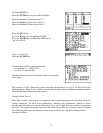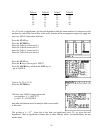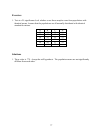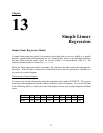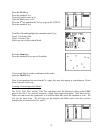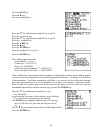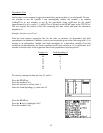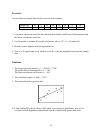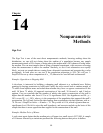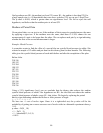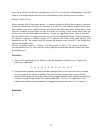Home Price
1 147,500
2 123,600
3 139,000
4 168,200
5 129,450
6 132,400
7 156,400
8 188,210
9 198,425
10 215,300
Using a 5% significance level, can we conclude that the median price differs from
$137,000?
Our hypotheses are H0 : the median price is $137,000 versus H1 : the median
price differs from $137,000. We replace the sample prices by signs: + if the price
is above the hypothetical median $137,000, and − if it is below.
Home Price
1 +
2 − 3 +
4 +
5 − 6 − 7 +
8 +
9 +
10 +
We have seven +’s out of ten signs. Since it is a two-tailed test, the p-value will
be twice the probability of getting seven or more successes out of ten trials in a
77
binomial experiment where p = 0.5.
p-value = 2 Pr(X _ 7)
= 2(1 − Pr(X _ 6)
= 2(1 − binomcdf(10, 0.5, 6))
= 2(1 − 0.828)
= 0.344
Since the p-value is greater than our significance level 5%, we fail to reject the
null hypothesis. The data does not lead us to conclude that the median differs
from $137,000.
Example: Median Phone Bill
A long-distance phone company believes that the median phone bill (for long distance calls) is at
least $70 for all the families in New Haven, Connecticut. A random sample of 90 families
selected from New Haven showed that the phone bills of 51 of them were less than %70 and 38
of them were more than $70, and 1 family had a phone bill of exactly $70. Using a 1%
significance level, can you conclude that the company’s claim is true?
85




